They are the names written in history books: Armstrong, Aldrin, Lovell, Chaffee, Bean, Cernan, Anders, Griffin, Carr. Their stories of NASA’s Apollo program in the 1960s and ’70s are the stuff of legend and lore.
The telling has mostly come from the astronauts themselves, or members of Mission Control, occasionally from the astronauts’ spouses.
But there was another group who had a front row seat to history. This is the story of Apollo from some of its most wide-eyed observers: the children of those brave Americans who first went into space.
This is the second of a two-part story on the history of the space race as seen by 11 children of Apollo astronauts and flight directors. The first part is their accounts of moving to a town of NASA families and the tragedy of the first Apollo mission.
Small steps, giant leaps
Ask almost anyone over age 60 where they were on July 20, 1969, and they can tell you. The lunar landing of Apollo 11 is among our rare collective memories.
The night before Neil Armstrong left for Cape Kennedy, he called his sons, 12-year-old Rick and 6-year-old Mark, to the dinner table. When the kids saw both parents sitting there, “We thought we were in trouble,” Rick, now 64, said.
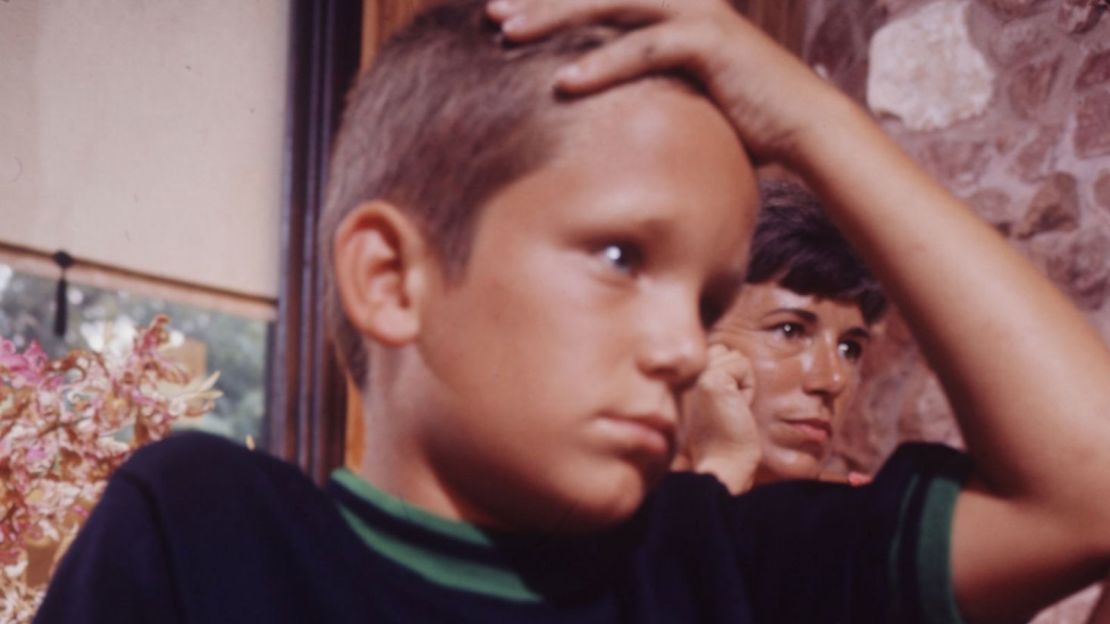
“Basically, (dad) said he was very confident in the flight and that they were coming back OK, but that there was some risk. He also said he thought they had about a 50/50 chance of a successful landing.” Rick had already been unconcerned about any mission-related dangers before that chat, and he said afterward, he had no doubt his father would come home safely.
“I thought that whatever problems they encountered, they would find a way to fix or at least manage them,” he said.
For the children of Apollo, the overwhelming feeling was excitement – but not because history was being made, or because Mr. Armstrong or Mr. Aldrin were going to walk on the moon, or because Mr. Collins had to orbit by himself.
They were excited because they got to stay up late and watch TV.
At the Griffin house in Nassau Bay, 6-year-old Gwen was busy searching the screen for shots of her dad Gerry, a flight director, every time the feed cut to Mission Control.
Meanwhile, at the Aldrin household, Jan – one month shy of her 12th birthday – lay on the couch with her head in her mother’s lap, upset that despite having one of the first color TVs around, the picture quality was fuzzy and in black-and-white. “I didn’t have a concept that this was coming from the moon, and how crazy that was,” she said. “I was just disappointed that it wasn’t in color.”
Her younger brother, then-11-year-old Andy, had one prevailing thought as Buzz Aldrin prepared to walk on the moon: Please don’t trip and fall, dad. That would be so embarrassing.
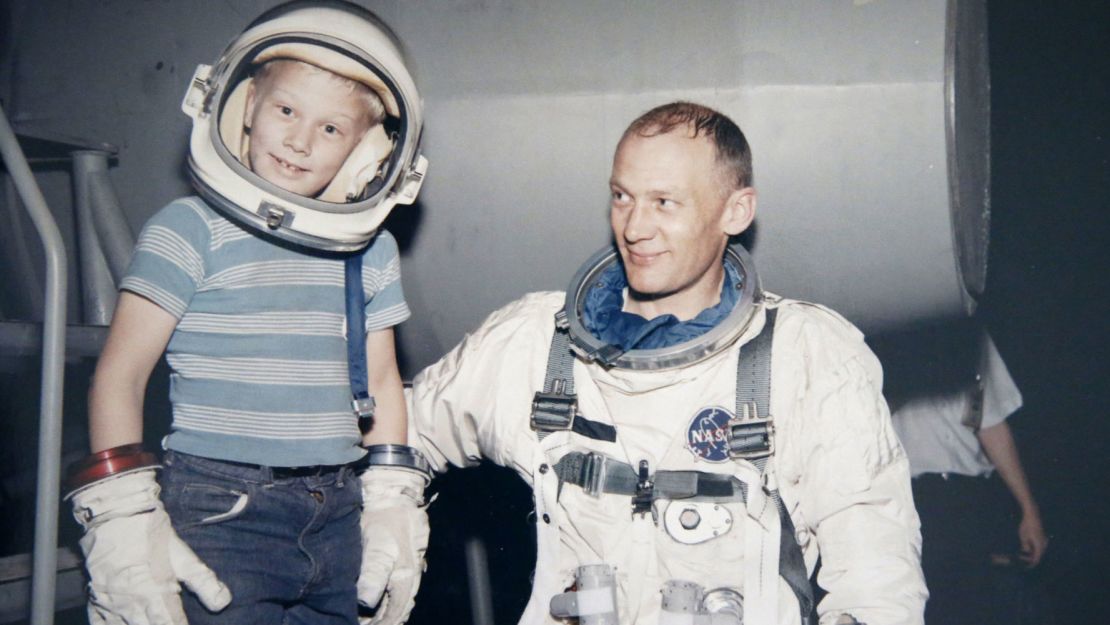
His father had told him how hard it would be to navigate the lunar surface; it would be more of a hop than a walk, and in a bulky spacesuit. Andy was less concerned what the rest of the world (or the estimated 650 million people who viewed it live) would think of the historic moment, and only preoccupied by the ribbing he’d get from his friends if his dad fell on his face.
Once it was clear his dad was not going to embarrass him, Andy began to worry about the lunar module’s ascent engine and whether it would light properly; if not, his father and Mr. Armstrong would be stranded on the surface of the moon forever.
Even with that concern, Andy, now 63, remembered a feeling of “total faith in NASA and the Apollo program, and almost a complete lack of fear that anything bad was going to happen,” he said. “It didn’t strike me that Apollo 11 was really all that scary or risky. It was just normal. It was, this was just the next mission we were going to do because that’s what dad said we were going to do.”
In Andy’s eyes, his father was athletic, quiet, thoughtful and introspective. “He liked sitting at his desk, smoking his pipe in his study,” Andy said. “Occasionally he would take time to teach us things.”
On one such occasion, the family was driving home from a trip to the zoo. The kids had helium balloons in the car. “It was really important for him to explain why, when you hit the brakes in the car, the helium balloons went backward, not forward,” Andy said.
“I never asked my dad for help with my homework because I wouldn’t be able to understand what he was saying,” Jan remembered with a laugh. After all, Buzz was a literal rocket scientist with a doctorate from MIT. She recalled nights he would pull out a paper napkin during dinner and start drawing spacecraft ideas and pathways to Mars. “My eyes would start glazing over,” she said. She couldn’t help it – she much preferred horses and ballet to physics and jet propulsion.
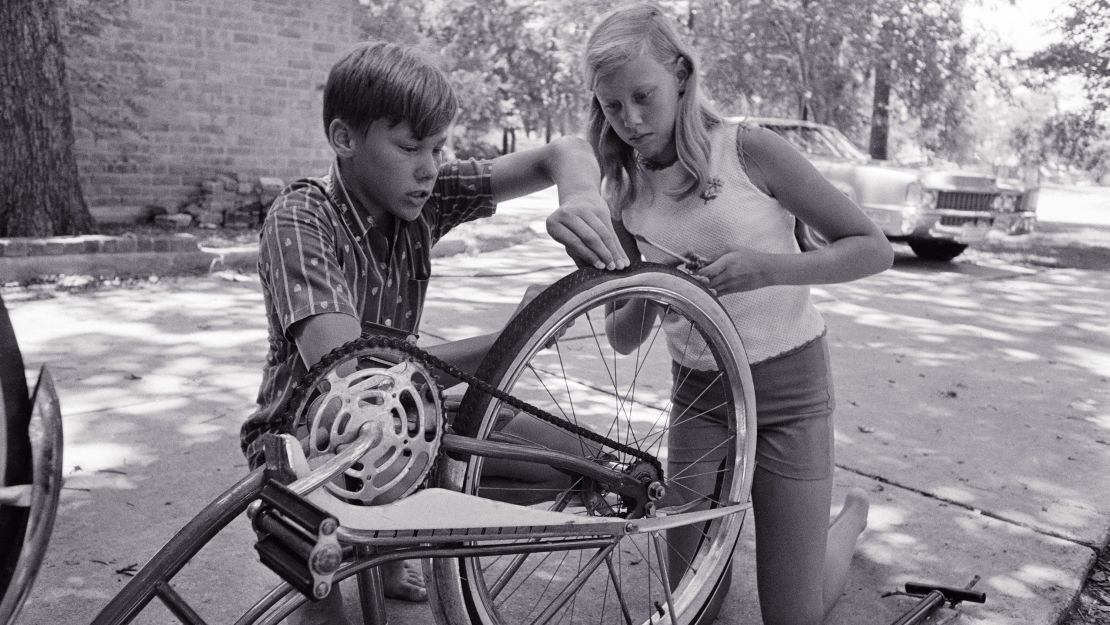
When lightning strikes twice
The Aldrins’ backyard – long and narrow with a pool, treehouse and a pole vault – shared a back fence with astronaut Alan Bean and his family in the Nassau Bay neighborhood of Clear Lake, between Houston and Galveston, Texas.
Amy Bean loved her creative, artistic father, who designed and built a giant playhouse for her in the backyard of their two-story, pink brick home. The playhouse had windows and a little porch.
They lived on Point Lookout Drive, a dead end to the lake on one side, and across the road from the space center on the other. During the summer, Amy often rode her bike down the street to visit her dad at work in Building 4, where the astronaut office was located.
Since Amy was eight years younger than her brother and Tracy Cernan was an only child, the two became like sisters – an interchangeable presence at each other’s homes. When Amy’s dad, Alan, flew to space on Apollo 12 in November 1969, it was fellow astronaut and Tracy’s dad, Gene, who stood by the Bean family at the launch in Florida and held then-6-year-old Amy in his arms so she could see. And when lightning struck the launchpad and the rocket, he reassured her and her mother that everything would be OK. (It was.)
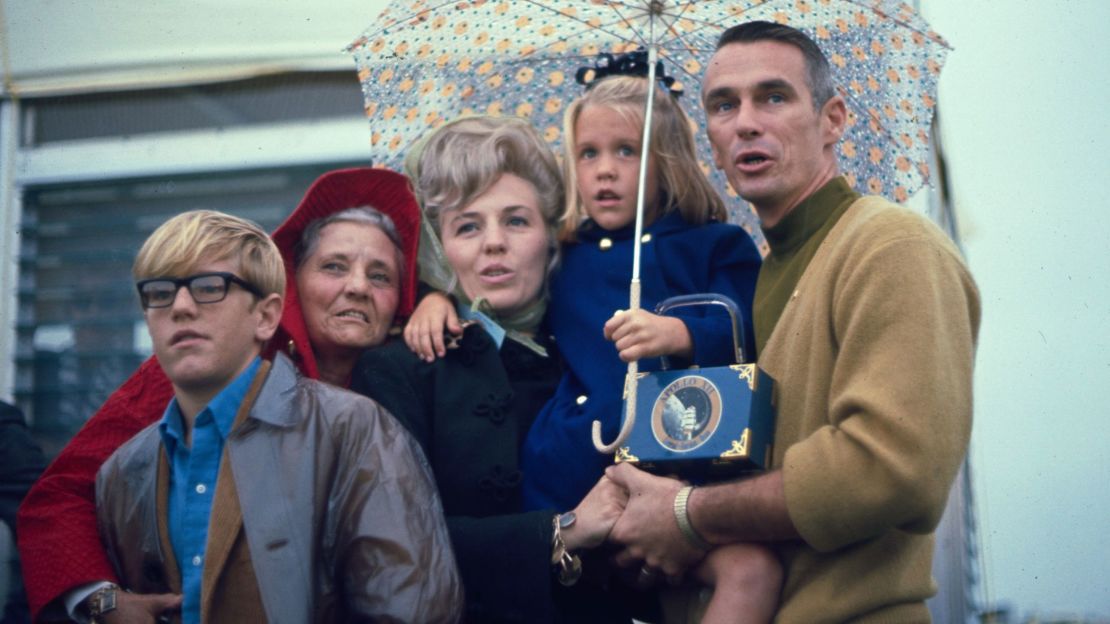
After the launch, the family returned to Houston. It was all so exciting, with media trucks and cameras parked in the front lawn and her mom putting coffee and donuts out in the garage on a card table. The party continued through Apollo 12’s landing on the moon five days later.
Throughout the mission, despite knowing her father was 238,000 miles away, Amy felt he was never too far because his voice was a constant presence in the home. The squawk boxes, audio devices that allowed families to listen in on communications between the astronauts and Mission Control, never slept.
“I can remember sitting at the breakfast table and hearing them communicate … on the astronaut feed to mission control,” Amy, 58, said. “It made it feel like he wasn’t that far, and it also makes you feel comforted because other people are taking care of him. I remember thinking somebody’s always there, helping them, always working together.”
At 6 years old, Tracy, Amy and their good friend Gwen Griffin were seemingly at just the right age: old enough to realize something big and special was happening, but still young enough to trust the reassurances and calm radiating from their parents and everyone around them. There was nothing to be afraid of. And even if there were, they had one another.
‘Houston, we’ve had a problem’
It was a friendship that saved Barbara Lovell.
By April 1970, at 16 – well into the most formative years of a teenage girl’s life – she was all too aware of the dangers of her father’s profession. She was old enough to remember her dad’s pre-NASA test pilot days – when a siren would pierce the air on base, signaling an accident, and everyone held their breath to find out which father would not be coming home.
She continued to privately harbor the fear, held over from those days, that one day the phone would ring at their house. She never talked about it with her younger sister, Susan, or her brothers.
Her saving grace was Connie, who also lived in Timber Cove, over on Whispering Oaks Drive. The two had met in fifth grade and quickly became best friends. To Barbara, Connie and her parents’ non-NASA home was quiet, peaceful and free of imminent danger. It was an escape.
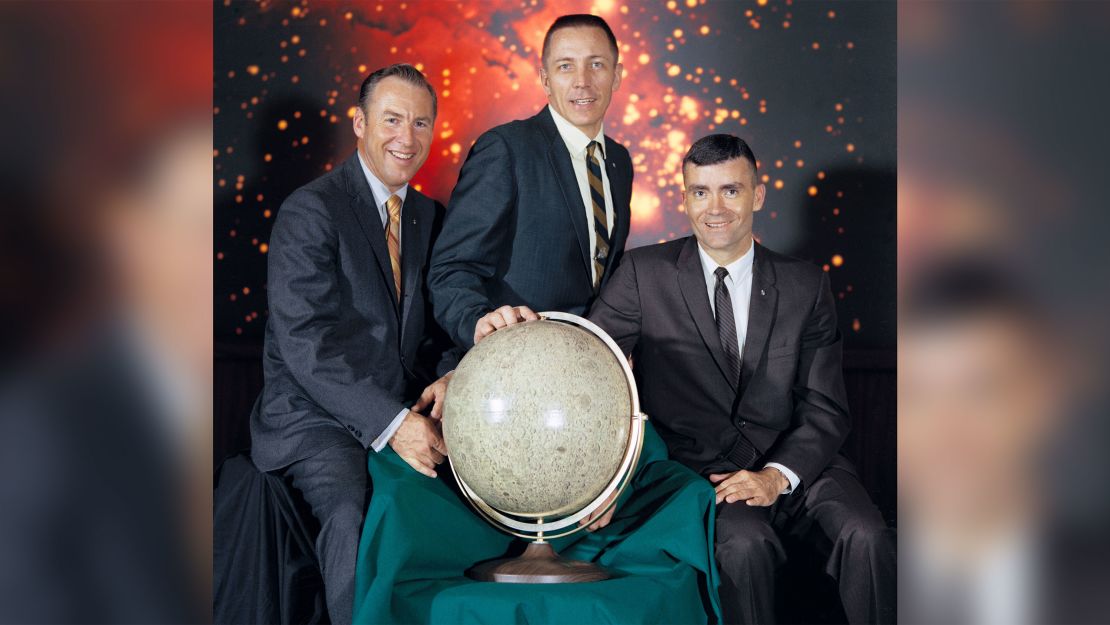
When Jim was selected to command Apollo 13, the Lovell family geared up for him to fly to space for a fourth time. He’d done it all – the record-breaking 14-day flight with Frank Borman on Gemini 7, the last flight of Gemini on 12 with Aldrin, and the first to fly to and orbit the moon with Borman and Anders on Apollo 8. He’d done it all – except walk on the moon, and now it was his turn.
Four missions in as many years meant her dad wasn’t home much, and that the kids – Barbara especially – had done a lot of growing up in his absence.
One day when he was home, she came downstairs in a two-piece bathing suit and headed to the pool as she always did in the hot Texas summers. Her father was seated on the couch, reading the newspaper.
“My dad puts down the paper and then he puts it back up again,” she said. “And then he said to my mother later, ‘How did that happen?’ I just grew up, from 12 to 16, in those years.”
The Lovell family went to Apollo 13’s launch on April 11, 1970, and then returned to Houston.
Three days into the mission, they drove across the street on a Monday evening to the viewing room behind Mission Control at the Manned Spacecraft Center and watched the crew broadcast live from space.
It was always fun for her to see her dad – he looked so happy, doing what he loved – and four flights in, it now had an element of routine (the major networks even declined to air the broadcast live). Without much fanfare, the Lovell family went home for the evening.
Despite the hour, there were a few people at the house – typical during missions – and the squawk boxes were chirping. Barbara went up to her room for some privacy and got ready for bed.
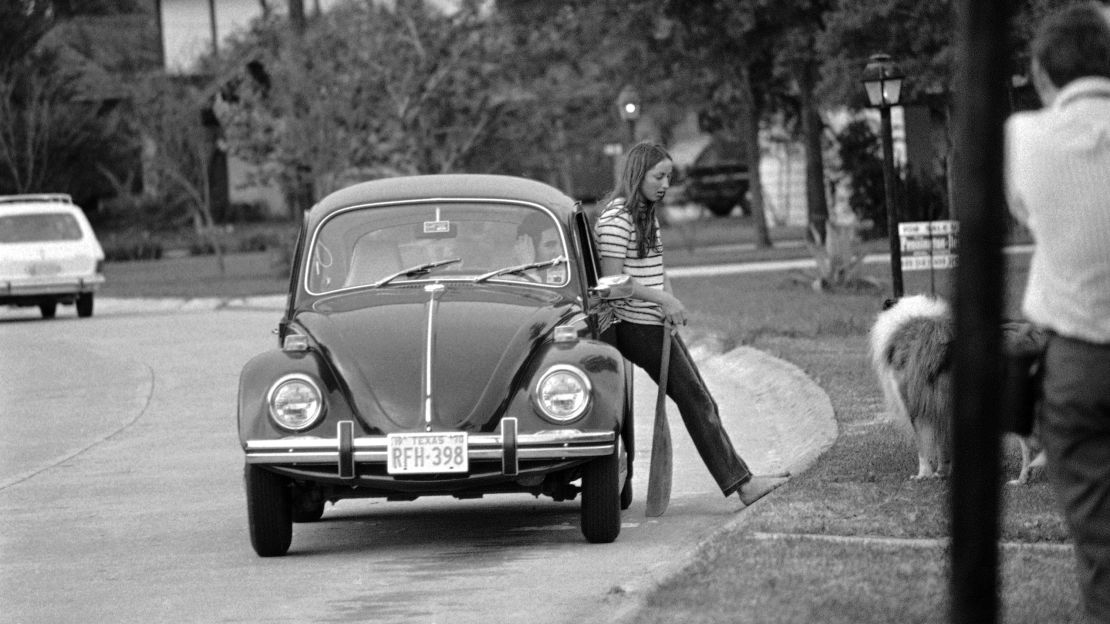
Suddenly, she could hear the doorbell ringing and a “commotion.” Barbara got out of bed and listened from the landing. “There was obviously something going wrong,” she remembered. She turned around, shut herself in her room and prayed.
When one of her mother’s friends came to check on her, she pretended to be asleep. Eventually, her mother came upstairs. For her, Barbara did not pretend. “There’s been an accident,” she remembered her mom, Marilyn, telling her. “They’re going to go ahead and bring your dad home, and they’re not going to land on the moon.”
Not yet aware of the full extent of the emergency – that an explosion in one of the oxygen tanks had damaged the aircraft – Barbara’s immediate response was to check on how her dad was taking it. “How is dad?” she asked, knowing how much this meant to him. Marilyn assured her he was fine and that the crew would come home in a couple of days.
At the Lovell house the next morning, it was so full “there wasn’t any room to move,” Barbara described, with “the media … all the people from NASA, all my mother’s friends and astronauts and their wives.”
The one person Barbara needed the most wasn’t there: Connie. To avoid tying up the phone line, she wasn’t allowed to call, nor was she allowed to visit. “I couldn’t talk to anybody,” Barbara said. At 16, she needed her best friend. Eventually, she just started sneaking out to the neighbor’s house, where someone would drive her to Connie’s.
“I remember one time we went to the grocery store and I just started crying,” Barbara said. “And I just said, ‘I don’t think my dad’s coming home.’ And (Connie) said, ‘That’s ridiculous. That is absolutely ridiculous.’ She said, ‘He is coming home, and I don’t want to hear any more about it.’ And that was it, you know? She was there by my side the whole time.”
Barbara spent as much time as she could at Connie’s house, the oasis from the intrusive and oppressive press becoming more important to her than ever before. But during the tense re-entry, amid concerns of a damaged heat shield from Apollo 13’s oxygen tank explosion, Barbara was home with her family, glued to the television.
“We were all sitting there very tightly together with everybody behind us,” she said. “My mother was just squeezing my brother so hard … because she was so nervous.” When the capsule emerged and the parachutes opened, everybody cheered. The relief was overwhelming.
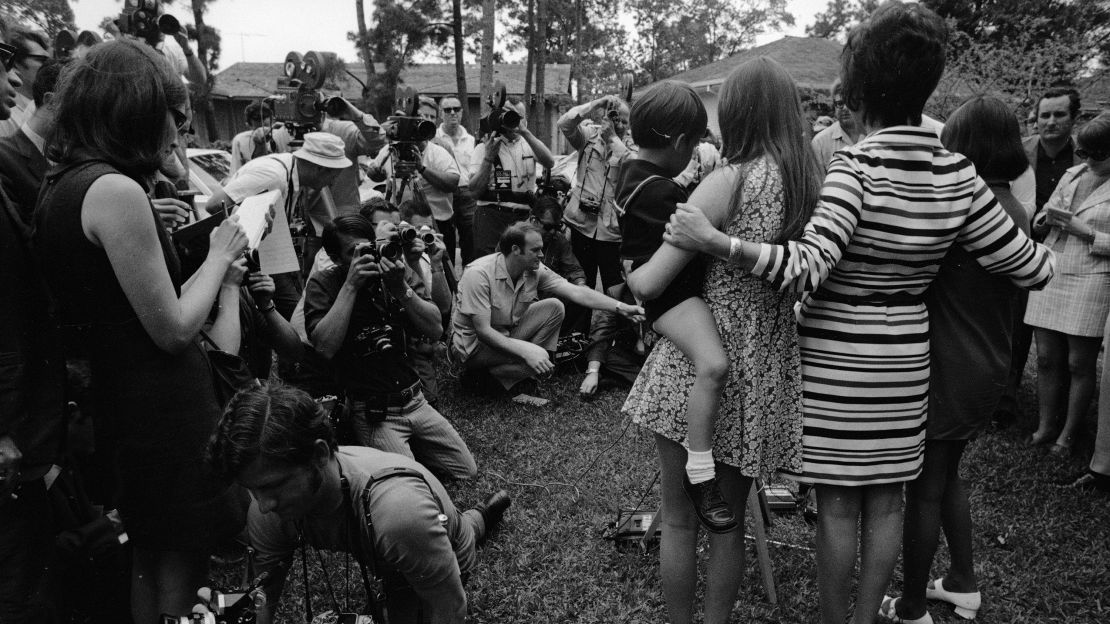
“I don’t even know how to explain it,” Barbara said. “It was something that I would’ve never wanted to go through again, but I had experienced the feelings of that before, when my dad was a test pilot and going up on other (missions). It wasn’t a conscious understanding of the danger; it was a subconscious one – because no one ever told us how bad it could be.”
Moonbeams
Gene Cernan was selected for the third astronaut group in October 1963. When the family moved to Houston from California, his only daughter, Tracy, was just 9 months old.
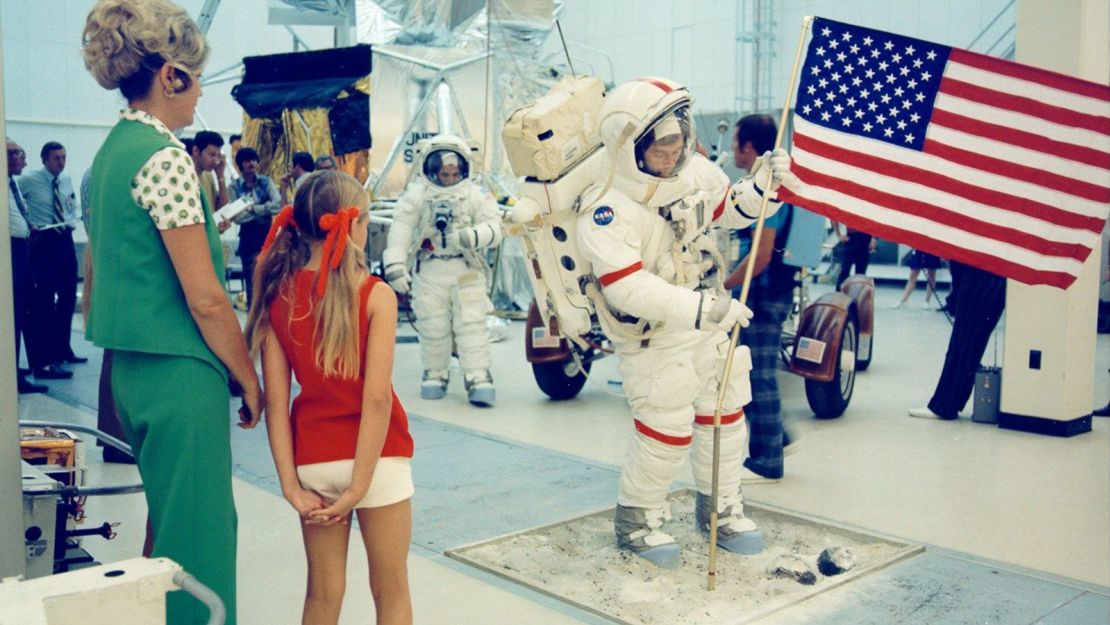
Six years later, when his first Apollo flight came around (Apollo 10, one mission before the famous moon landing), “my dad decided to tell me how far he was going,” Tracy said. “We went out one night, and he said, ‘OK … I’m going to go to the moon … within, you know, ‘x number of feet’ of the moon. We’re not gonna land,’ goes through this whole story, trying to impress his 6-year-old daughter. And I listened very intently, and it’s a big full moon out there and I say to him, ‘OK, daddy, that sounds wonderful, but when are we going camping?’”
Years later, Gene used to love telling that story, she said, because it grounded him – literally – to his number one role: dad.
Tracy’s father returned to space on Apollo 17 in December 1972, when Tracy was 9. She did an interview with the “Today Show,” in which she was asked if her dad was going to bring her back a moon rock. Her dad had told her they can’t keep any moon rocks, but he promised to bring her a “moonbeam,” she declared on national television. For a 9-year-old girl, Tracy said, “that was a tangible thing.”
During the flight, Gwen Griffin and Amy Bean were in the Cernan’s backyard pool when they were called inside: Tracy’s dad was about to walk on the moon. Reluctantly, as kids generally are when told to do something, the girls went inside and sat wrapped in their towels on the living room floor. “We watch their dads walk on the moon,” Gwen said, “and then it’s like, ‘Oh, OK … Can we go back to the pool now?’”
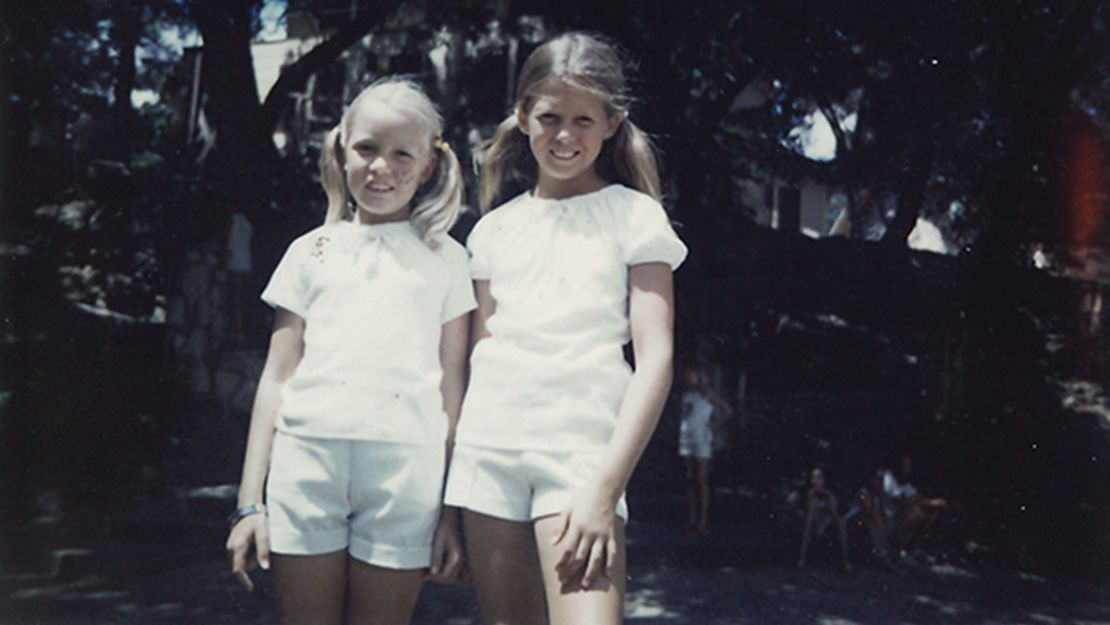
They didn’t know it at the time, but the girls were watching history. The Apollo program was about to get canceled.
Tracy’s father would be the last man up to this point to walk on the moon.
‘Still processing’
When they look back now, the most memorable moments for the kids of Apollo program astronauts and flight controllers weren’t the missions or the moonwalks but the post-splashdown parties and events: trips across the country, going to Camp David, visits by US presidents, countless parades and the media spectacle of it all.
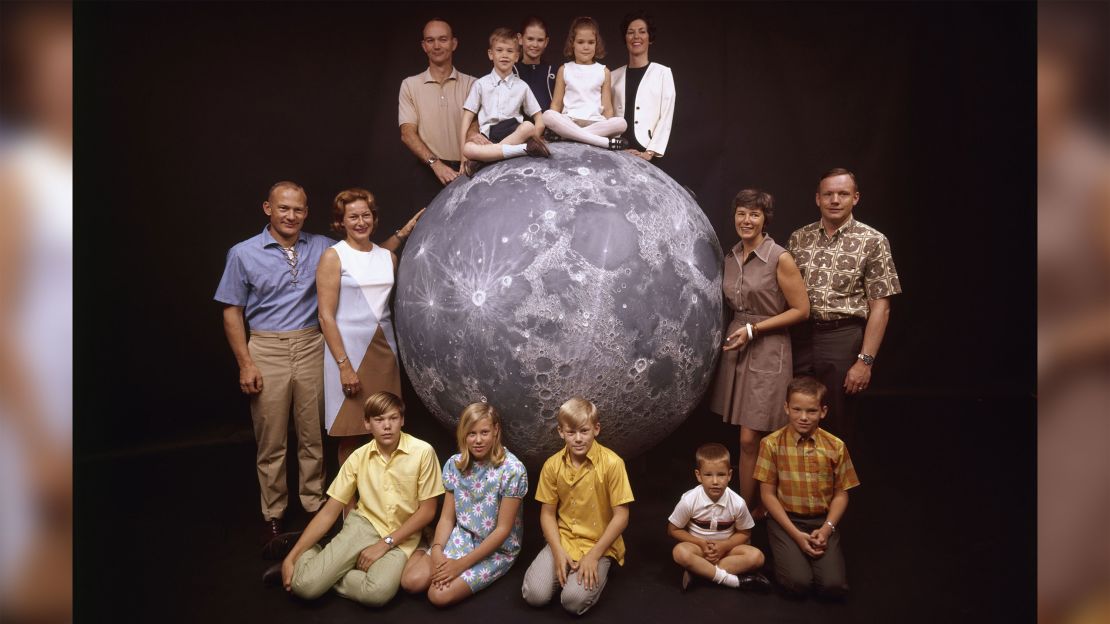
By the mid-1970s, many of the original Apollo families began to disperse. Some moved to Washington, DC or California, the dads taking up new positions within NASA (like Gerry Griffin, who would eventually return to Clear Lake in 1982 to become director of the renamed Johnson Space Center). Others retired from the space program altogether. The kids were leaving the bubble, and suddenly being surrounded by astronauts or going camping with moonwalkers were not common things.
“There was a lot of attention on us after we moved away from Houston,” Rick Armstrong said. “We probably could have used a PR training class or something like that on how best to handle it, but those weren’t available. I don’t think people can appreciate how much came at dad in the months and years after the flight – the mail, the requests for his time, etc. How he managed navigating through all of that in the way that he did, I still have no idea.”
Today, the group interviewed for this story largely says they are still trying to process what it all meant, and what it was like to be part of one of history’s biggest moments. In so many ways, the childhoods of the Apollo kids in the Clear Lake area were like those of countless others across America in the 1960s. They were, at the end of the day, kids. But like kids do, they absorbed what was happening around them, even if they didn’t realize it at the time.
Generation Apollo: Where are they now?
The lessons were plenty: the power of teamwork, of striving toward a common goal, and of believing anything was possible. With high risk, can come great reward – or in the case of the Apollo 1 families, the ultimate cost.
As the decades have gone by, the kids have grown into adults with children and grandchildren of their own. As many do, they’ve become more risk averse – no fence-hopping or tree-climbing these days. In many ways, so perhaps has NASA, an agency reliant on government funding. There are plans to return to the moon in the next few years, but it will still have been generations between those who grew up with Apollo, and whatever comes next.
It will be more than five decades since the Aldrin and Armstrong kids saw their fathers take that giant leap; since Barbara Lovell watched NASA work to bring her dad home safely; since Tracy’s father promised her that moonbeam.
Five decades since mankind learned we could do what we once only dreamed was possible.












